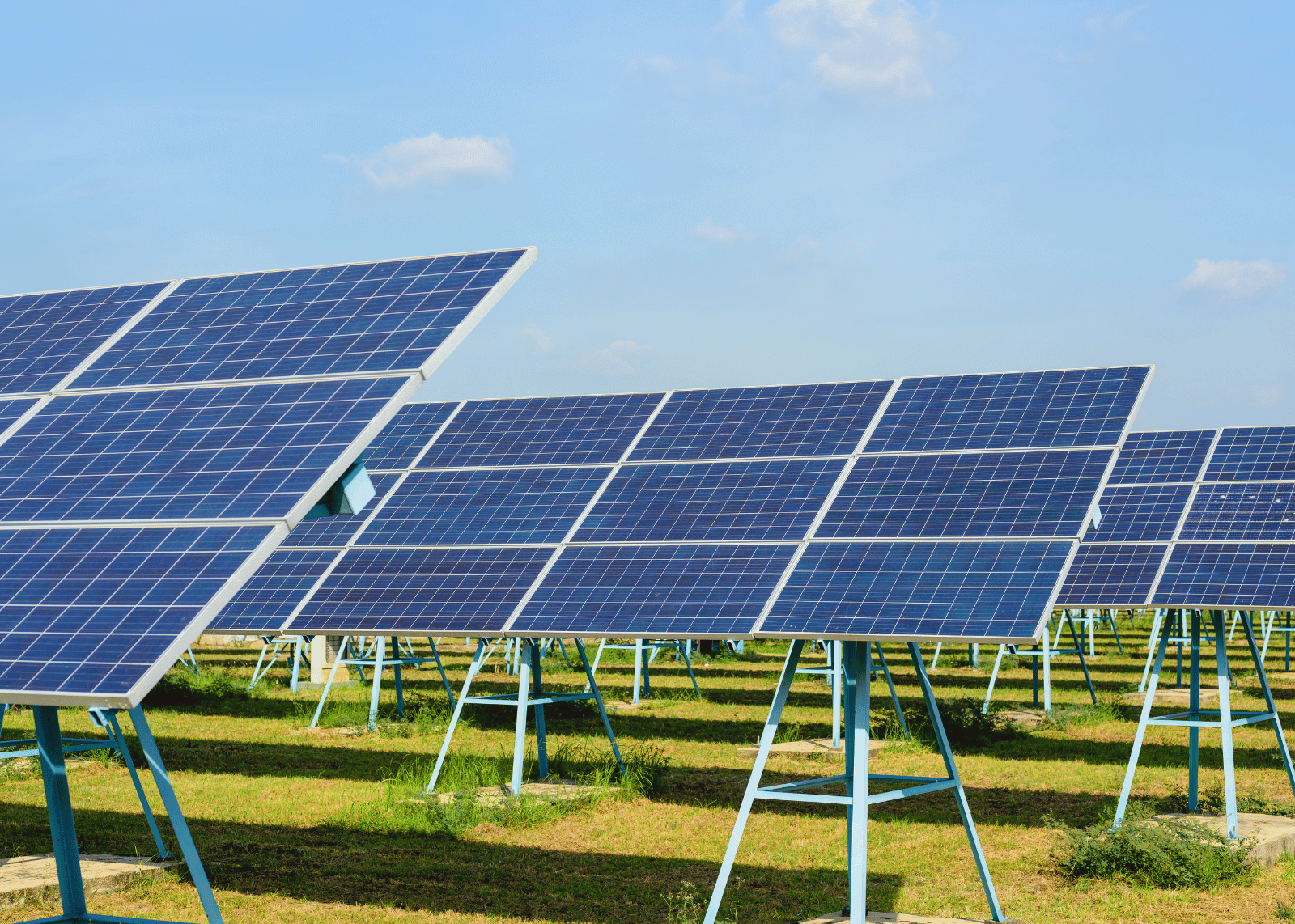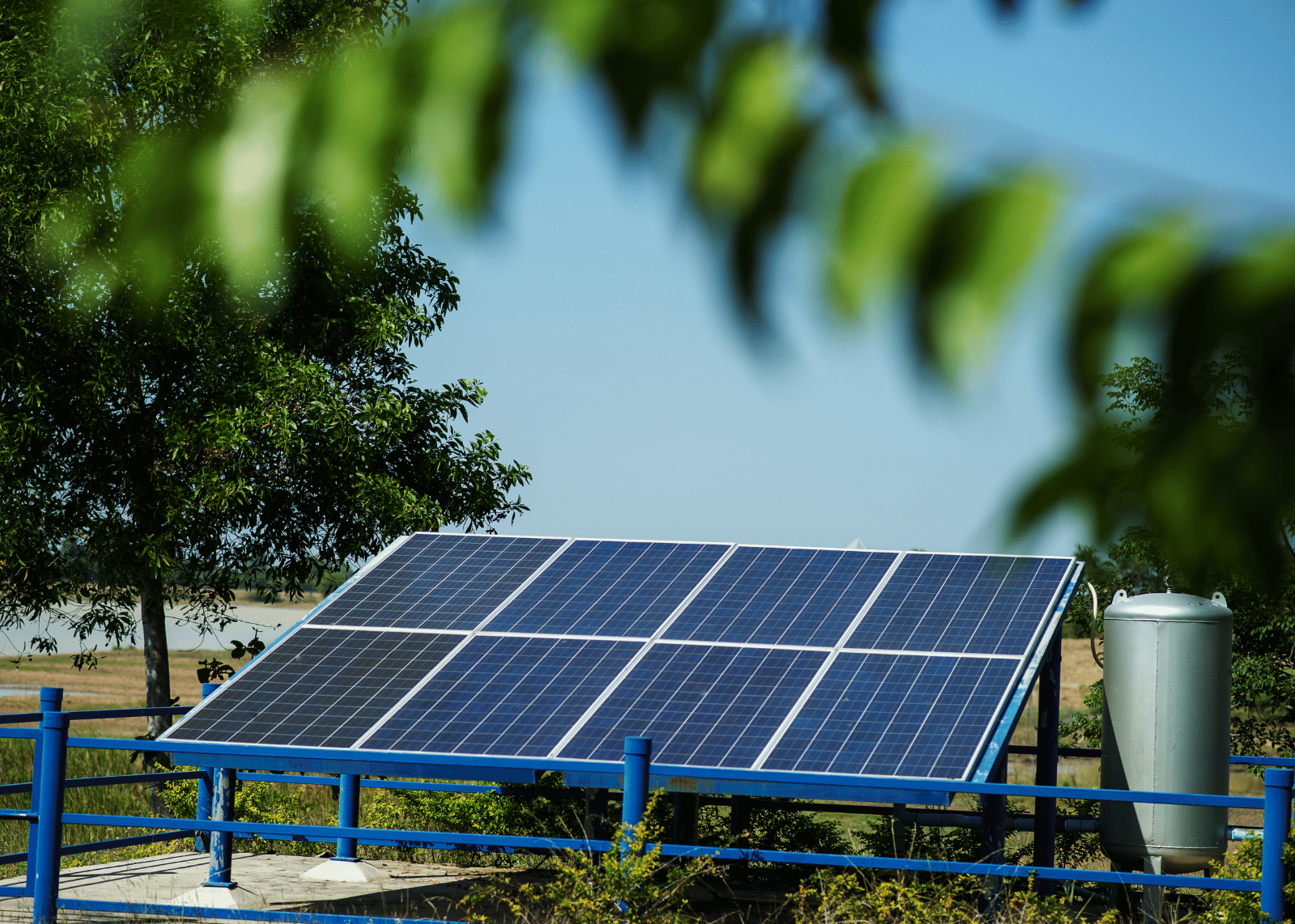The Dawn of a Solar Revolution: Perovskite-Silicon Tandem Solar Cells
In the quest for sustainable energy, solar power has always been a front-runner, continuously evolving with technological advancements. Recently, Longi, the world’s leading solar panel manufacturer, set a new benchmark in solar technology with their perovskite-silicon tandem solar cells, achieving a world record efficiency of 34.6%. This blog delves into the significance of this achievement, the science behind it, its implications for the future, and how it fits into the broader narrative of renewable energy advancements.
Perovskite: The Miracle Material
Perovskite has gained attention across various technological fields for its unique properties. Named after the Russian mineralogist Lev Perovski, this material exhibits exceptional photovoltaic efficiency, making it a game-changer for solar technology. When combined with silicon, the current industry standard, perovskite forms a tandem solar cell that maximizes the efficiency of solar energy conversion.
Breaking the Efficiency Barrier
Longi’s groundbreaking achievement in solar efficiency is a testament to the potential of perovskite-silicon tandem cells. By reaching 34.6% efficiency, Longi surpassed the previous record by 0.7%, edging closer to the theoretical efficiency limit of 43% for tandem cells. This leap forward is a result of the meticulous optimization of thin film deposition, defect passivation materials, and interfacial passivation structures. These advancements reduce energy loss and enhance the overall performance of the solar cells.
The Science Behind the Success
Thin Film Deposition
One of the critical factors in achieving high efficiency is the precision in the thin film deposition process. This method involves layering perovskite materials onto a silicon substrate, forming a tandem structure that captures a broader spectrum of sunlight. The precision in this process ensures uniformity and optimal performance of the solar cell.
Defect Passivation
Defects in the materials can lead to significant energy losses. By developing advanced defect passivation materials, Longi’s researchers minimized these losses, ensuring that more sunlight is converted into electricity. This improvement is crucial for achieving higher efficiency in solar cells.
Interfacial Passivation
The interface between the perovskite and silicon layers is another critical area that can impact efficiency. Longi’s innovative interfacial passivation structures enhance the quality of this interface, further reducing energy losses and improving overall cell performance.

Commercial Viability and Global Impact
Lower Costs, Higher Accessibility
The improved efficiency of perovskite-silicon tandem cells means that less surface area is required to generate the same amount of electricity. This reduction in land use translates to lower costs for solar farms and makes solar energy more competitive with traditional fossil fuels. As a result, renewable energy becomes more accessible and economically viable, accelerating the global transition to sustainable energy sources.
Enhancing Energy Security
As the world grapples with energy security concerns, advancements in solar technology offer a reliable alternative. Perovskite-silicon tandem cells, with their higher efficiency, can contribute significantly to energy grids, reducing dependence on non-renewable resources and enhancing energy security for countries worldwide.
Overcoming Challenges
Stability and Durability
Despite the promising efficiency, perovskite materials face challenges related to stability and durability. Exposure to moisture, heat, and other environmental factors can degrade their performance over time. Ongoing research focuses on developing more robust perovskite compositions and effective encapsulation techniques to enhance their longevity.
Scalability
Transitioning from laboratory success to mass production involves overcoming technical and economic hurdles. Ensuring that the manufacturing processes for perovskite-silicon tandem cells are scalable, cost-effective, and environmentally sustainable is crucial for their widespread adoption.
Oxford PV and Global Collaboration
Longi is not alone in this innovation race. Oxford PV, a UK-based company, is also making significant strides in commercializing perovskite-based solar technology. Their production facility in Germany aims to meet the growing demand for high-efficiency solar cells. Such global collaboration and competition are vital for accelerating technological advancements and bringing cutting-edge solutions to market.
Environmental and Economic Benefits
Reduced Land Footprint
Higher efficiency solar panels mean that less land is needed to produce the same amount of energy. This reduction in land use is particularly beneficial in densely populated areas and regions with limited available land, making solar power more feasible in various settings.
Job Creation and Economic Growth
The expansion of the solar industry fosters job creation and economic growth. Investments in solar infrastructure lead to new opportunities in manufacturing, installation, maintenance, and research, driving economic development in communities that embrace renewable energy.
Innovations Beyond Solar Cells
The potential of perovskite materials extends beyond solar cells. Their unique properties are being explored in applications such as light-emitting diodes (LEDs), lasers, and photodetectors. These advancements could lead to breakthroughs in multiple sectors, further highlighting th importance of continued research and development.
A Unified Effort for a Sustainable Future
The journey towards more efficient and sustainable solar technology is a collective effort involving researchers, manufacturers, policymakers, and consumers. International platforms like the International Solar Photovoltaic and Smart Energy Conference (SNEC) facilitate knowledge sharing and collaboration, driving innovation and progress.
Conclusion
The recent advancements in perovskite-silicon tandem solar cells signify a major leap forward in solar technology. As we celebrate these achievements, it is essential to support ongoing research and development to address remaining challenges and maximize the potential of renewable energy. With each breakthrough, we move closer to a sustainable future powered by clean energy, demonstrating that the sun’s potential is far from fully realized.
The progress in perovskite-silicon tandem cells is not just a scientific milestone; it represents a beacon of hope for a greener, more sustainable world. By embracing and investing in these innovations, we can ensure a brighter future for generations to come, harnessing the power of the sun to meet our energy needs sustainably and efficiently.





Corrugated Metal Pipes in Iraq: At Elite Pipe Factory in Iraq, we also specialize in the production of Corrugated Metal Pipes, which are designed for strength and resilience in heavy-duty applications. Our corrugated metal pipes are constructed to handle high loads and resist environmental stresses, making them suitable for use in stormwater management, road construction, and culverts. With our commitment to quality and innovation, Elite Pipe Factory ensures that these pipes provide exceptional performance and durability. As one of the leading and most trusted factories in Iraq, we pride ourselves on offering products that exceed expectations. Learn more about our Corrugated Metal Pipes on our website elitepipeiraq.com.